Testing on the PWS green hydrogen pilot plant will be led by Fortescue and partners
)
Three parties, Fortescue, Sparc Technologies and the University of Adelaide will now start the construction and testing of a green hydrogen plant. The impressive feature of this plant, is that it includes innovative photocatalytic water splitting (PWS) technology.
During operation the PWS technology makes use of sunlight, as well as photocatalysts in order to create green hydrogen. This method has been proven to eliminate the necessity for renewable electricity or electrolysers and this has the beneficial effect of reducing costs.
Now that the project is underway, plans for the development of stage two are taking place and this will include aiming to progress the front-end engineering design (FEED) completion. Moreover, site planning approvals will be expected to arrive in January of this year and along with this, equipment procurement is now also underway.
To aid this project, Japan’s Shinsu University has agreed to supply the necessary photocatalyst materials to the Roseworthy site in Adelaide. Plus, along with this, the engineering, procurement and construction (EPC) management contract is currently under review.
It is anticipated that the facility will be completed by mid-2025 and it will be able to test PWS through the use of concentrated solar mirrors, consequently advancing reactor TRL from 5 to 6 through semi-continuous ‘on-sun’ operation.
Fortescue’s Director of R&D, Michael Dolan, commented, “This Australian innovation has the potential to make green hydrogen an even more competitive energy resource by decoupling its cost from the cost of green power. The phase 2 pilot plant will enable this promising technology to be evaluated at a meaningful scale ahead of potential commercial deployment in the future.”
University of Adelaide Deputy Vice-Chancellor (Research), Professor Anton Middelberg, mentioned, “The core IP developed by Professor Greg Metha relates to PWS reactors operating under concentrated solar energy. This investment into constructing a pilot plant enables us to stress-test catalysts developed globally and places South Australia in a position of competitiveness in terms of testing innovative hydrogen technologies.”

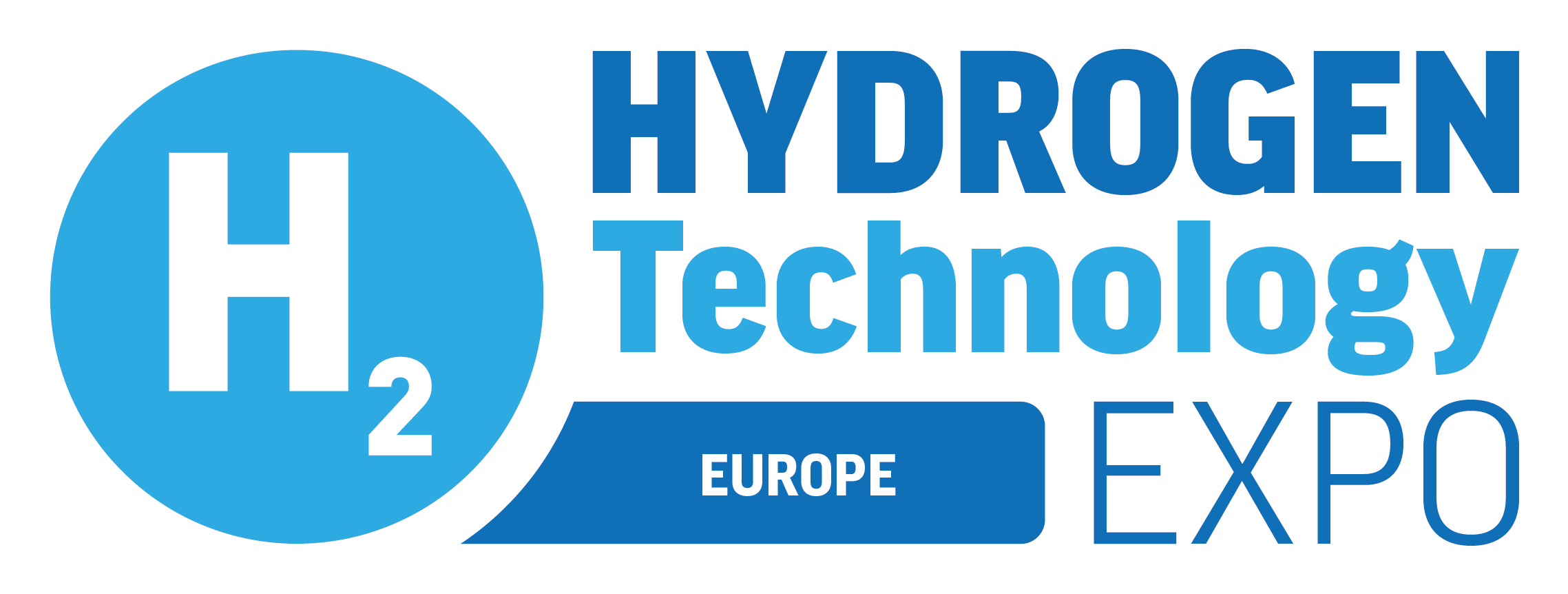

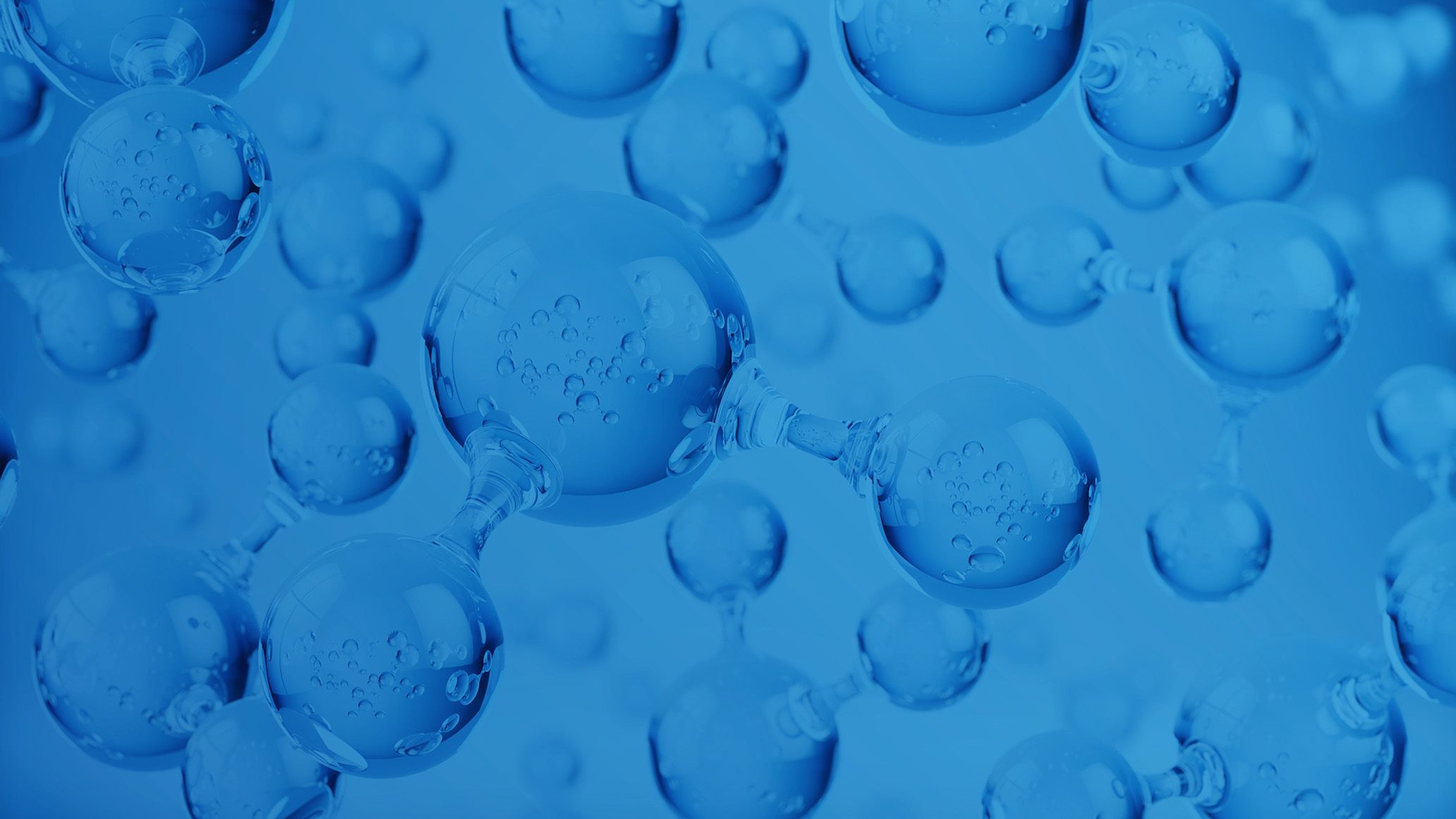
)
)
)
)
)
)
)
)
)
)
)
)
)
)
)
)
)
)
)
)
)
)
)

)
)
)
)
)
)
)
)
)
)
)
)
)

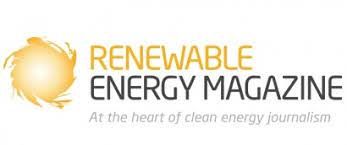
)
)
)
)
)
)
)
)
)
)
)
)

)
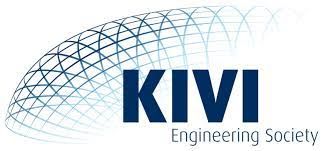
)
)
)

)
)
)

)
)
)
)
)
)
)
)
)
)
)

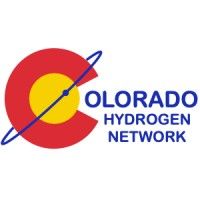
)
